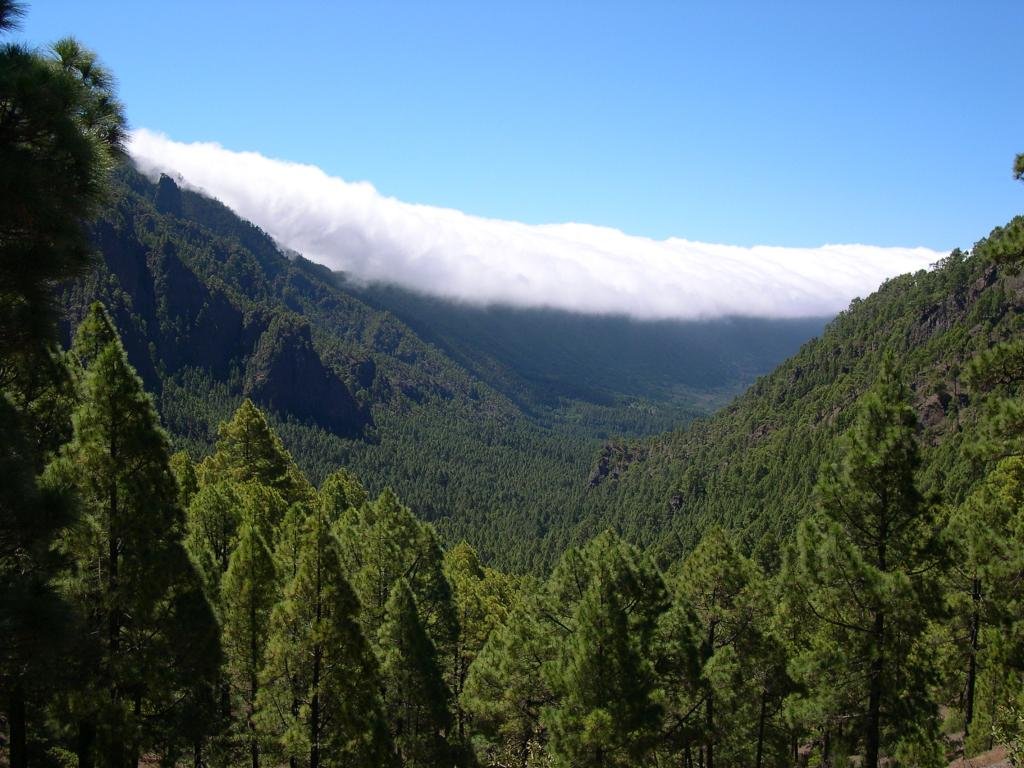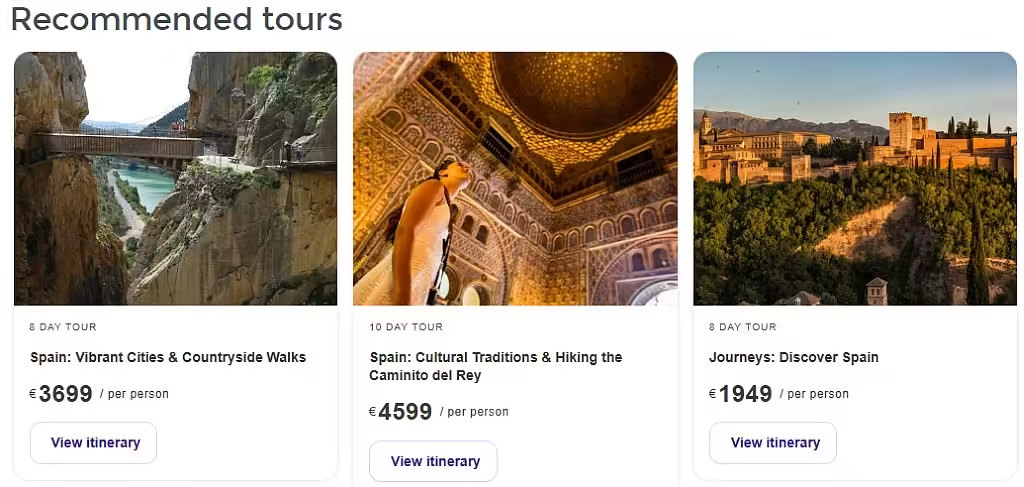Walking and wildlife holidays in the Canary islands
- Capital: Las Palmas de Gran Canaria and Santa Cruz de Tenerife.
- Area: 7,447 km²

Canary Islands, testimony to their environmental value.
The Canary Islands, a breathtaking archipelago located off the north-western coast of Africa in the Atlantic Ocean, is a true gem of the Kingdom of Spain. Consisting of seven larger and four smaller volcanic islands, the Canary Islands are a nature lover’s paradise waiting to be explored.
Situated just 108 km away from the north-western coast of Africa, this group of islands forms an autonomous community of Spain. Each island boasts a unique and diverse landscape that has been shaped by volcanic activity, creating a stunning natural environment that is unlike anywhere else on earth.
Find Your Perfect Stay in the Canary Islands
Explore a wide range of accommodations across the Canary Islands on Booking.com. From luxury resorts and beachfront hotels to budget-friendly apartments and charming rural stays, discover options tailored to every traveler’s needs. With verified guest reviews, flexible booking options, and competitive prices, planning your ideal getaway to this Spanish archipelago has never been easier.
Listen to me, Clive talking about walking and wildlife holidays in the Canary Islands
In this episode of Wildside Holidays, Clive explores the Canary Islands—Spain’s volcanic paradise off the coast of Africa. Discover walking and wildlife holidays across Tenerife, Lanzarote, Fuerteventura, and more. Learn about guided tours with G Adventures and Viator, stargazing in starlight destinations, rare wildlife, and Spain’s first proposed marine national park. Perfect for eco-conscious travellers, nature lovers, and hikers looking to explore one of Europe’s most diverse and dramatic landscapes.
Guided hiking in the Canary Islands with G Adventures
The Canary Islands, an archipelago off the northwest coast of Africa, are renowned for their stunning landscapes, rich culture, and pleasant climate. Among them, Tenerife stands out as a hiker’s paradise, offering everything from lush forests to rugged coastlines.
G Adventures’ Hiking the Canary Islands: Tenerife, Anaga, and Beyond tour provides an immersive experience that allows adventurers to explore the island’s natural beauty while enjoying the warmth of local culture.

Other tours in Spain from G Adventures
Over 20 guided tours available across Spain are offered by G Adventures. Wildlife, Walking, Culture and history. Check out the website for prices and availability.
A starlight destination
The Canary Islands have become famous as a starlight destination organizing stargazing events, astronomy festivals, and astrophotography workshops.
The Mar de las Calmas
In 2024 a plan was announced to create the first Marine national park in Spain. The Mar de las Calmas, located off the coast of La Restinga in Spain’s Canary Islands, is set to become Spain’s first fully marine national park. This historic move will protect an underwater ecosystem rich in biodiversity, centered around the famous underwater mountain El Bajón. The proposed designation, approved by the Spanish Cabinet, will now undergo a parliamentary process to finalize its status. Read more here.
Whether you’re looking to explore the rugged terrain of the mountains, soak up the sun on the golden sandy beaches, or immerse yourself in the rich and diverse flora and fauna, the Canary Islands have something for everyone.
The larger islands are: Tenerife, Fuerteventura, Gran Canaria, Lanzarote, La Palma, La Gomera and El Hierro and the smaller ones: Graciosa, Alegranza, Los Lobos and Montana Clara.
Tours in the Canary islands from Viator
The Canary islands have a vast array of sites to visit and enjoy. Below are some of the options listed on the Viator website. (We recieve a small commission if you book a tour which doesn’t cost you more and helps us to keep Wildside Holidays up to date with the best information.)
The Canary Islands, a few details about them
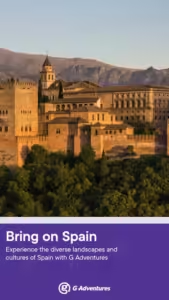
Together with the Azores, Cape Verde, Madeira, and the Savage Isles they form Macaronesia. This is a new name for these tropical and subtropical volcanic Islands in the Atlantic Ocean near Europe and Africa.
The Teide volcano on Tenerife is the highest mountain in Spain at 3,718 m and the third largest volcano on Earth.
Four of Spain’s fourteen National Parks are located in the Canary Islands which is a testimony to their huge environmental value.
The flora of the islands consists of about two thousand species, five hundred and twenty of which are to be considered endemic, and as many as five hundred and ninety three that are rare or becoming extinct.
The Haria Lizard is the smallest of the Gallotias which is a genus of 5 different lizards endemic to the Canary Islands. There are also 3 endemic species of skinks and 1 gecko.
There are some bird species which are confined to the Macaronesia Island group, others to individual Islands and occasional avian waifs from the Americas all of which are a draw for ornithologists. White-Faced Storm Petrel, Cory’s Shearwater, Madeiran Storm-Petrel, Berthelot’s Pipit, Fuerteventura Stonechat and Blue Chaffinch are just a few that can be seen on and around the Islands.
Map showing the Locations of the Protected Areas and National Parks in the Canary Islands

1 Las Nieves, 2 National Park of caldera de taburiente, 3 Cumbre viejas, 4 Majona, 5 National park of Garajonay, 6 National Park of Teide, 7 La corona forestal, 8 Tamadaba, 9 Pilancones, 10 Archipilago chinijo, 11, National Park of Timanfaya, 12 Los volcanes, 13 Islote de lobos, 14 Corralejo, 15 Jandia, 16 Betancuria, 17 Pozo negro
Listen to the Mike and Sarah podcast about the Canary Islands
In this episode, we dive into the wild beauty of the Canary Islands, one of Spain’s top destinations for walking and wildlife holidays. From volcanic landscapes to lush laurel forests, the islands offer an incredible range of ecosystems and protected natural parks that make them a must-visit for nature lovers and eco-travelers.
Natural and National parks in the Canary Islands
The Canary Islands hold some wonderful natural parks and protected reserves and some are considered to be among the most important ecosystems on the planet.
Of the sixteen national parks that exist in Spain, four are located in the Canary Islands. These natural parks, declared a World Heritage Site by UNESCO are: Timanfaya National Park, in Lanzarote the National Park Caldera located in Las Palmas, the Garajonay National Park , located in La Gomera and the Teide National Park in Tenerife.
On each island of the Canary archipelago you will find protected natural spaces with stunning landscapes and diversity of different ecosystems such as dunes, lush forests, volcanoes, natural pools and of course all surrounded by the Atlantic ocean.
Lanzarote
The Chinijo Archipelago Natural Park located north of Lanzarote, is a group of small islands that have environmental protection. It is the largest marine reserve in the European Union. Among the group of islands that make it up is the Island of La Graciosa , a small island of virgin beaches, unpaved streets and where the natural beauty of its beaches and the sea delight visitors who come to it to enjoy the tranquility that characterizes it.
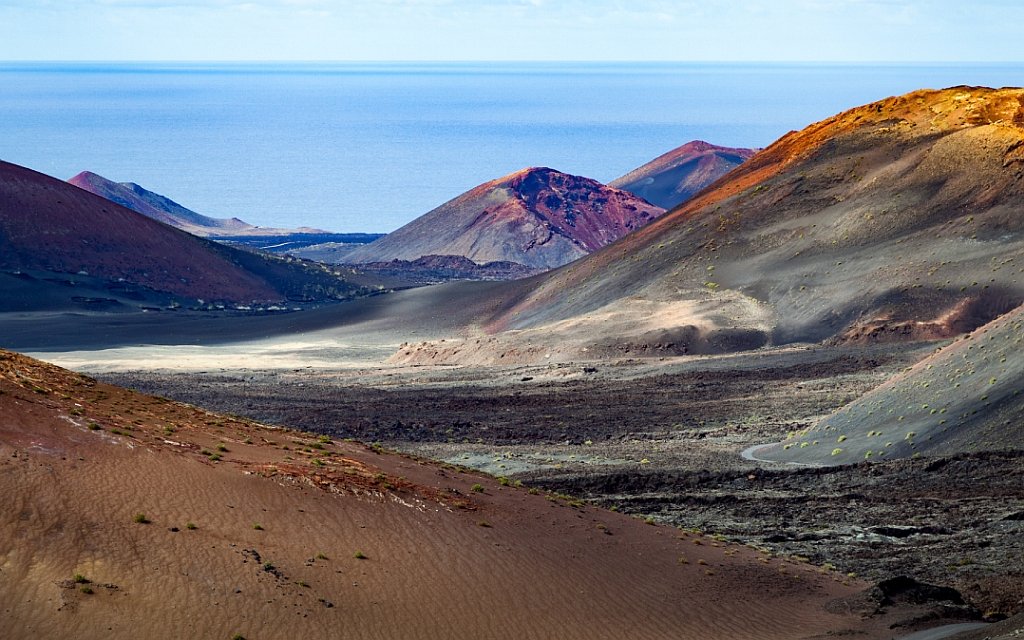
Close to Timanfaya are the Charcos de los Clicos, the Natural Park of Los Volcanes and La Geria in Yaiza, the Green Caves in Haría, Jameos del Agua in Órzola and the Natural Park of the Volcanoes in Tinajo.
Find a hotel in Lanzarote
Fuertaventura
If you visit Fuerteventura, take a tour of the Corralejo Natural Park. To the north of the island is the largest area of dunes in the Canary Islands that ends in wide beaches of very white sand and are surrounded by the turquoise blue ocean.
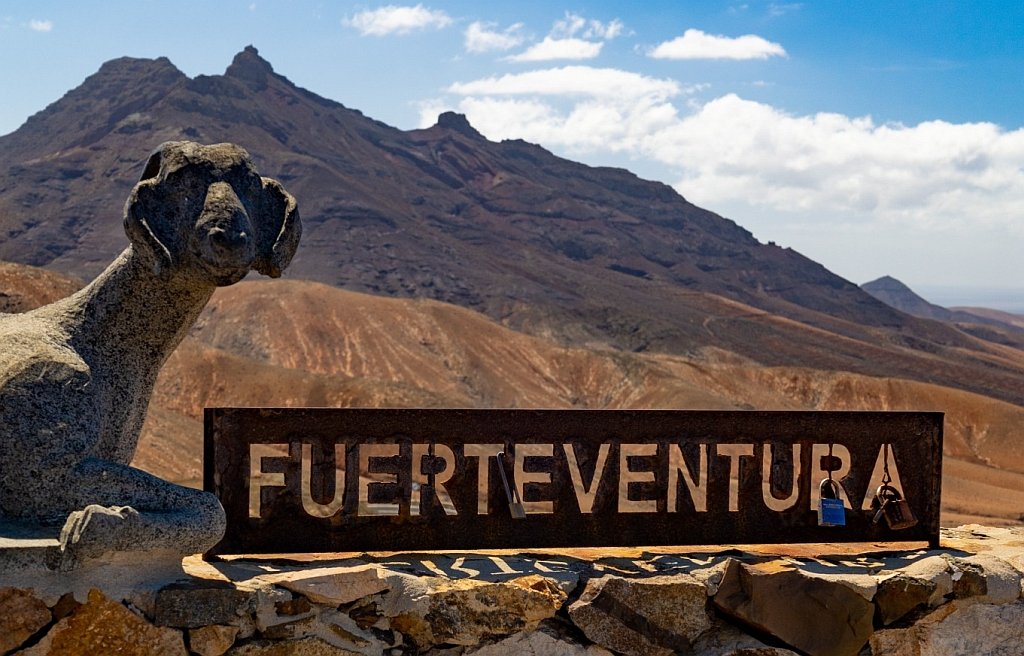
The Jandía Natural Park located in the south of the island offers a desert landscape between mountains and beaches.
Find a hotel in Fuerteventura
Tenerife
Tenerife , with its magnificent Teide National park has a great variety of natural environments such as the Protected Landscape of Costa Acentejo, the Guajara Mountain, the Mountain of the Frailes and the Special Natural Reserve of Montaña Roja.

Find a hotel in Tenerife
Activities in the Canary Islands with get Your Guide
Gran Canaria
In Gran Canaria , you can visit several natural parks such as Tamadaba Natural Park, Maspalomas Dunes Natural Reserve, Pilancones Natural Park, Barranco Oscuro Integral Natural Reserve and Inagua Integral Natural Reserve.
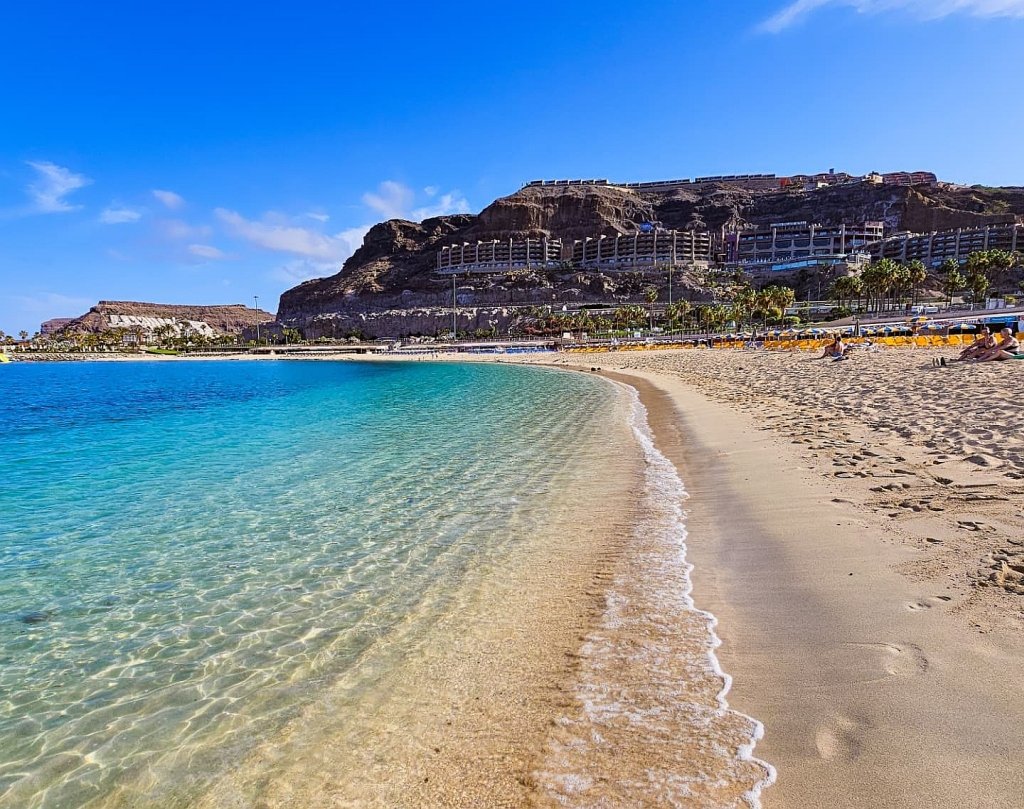
Each of these natural areas in Gran Canaria offers a distinct ecological and scenic experience. Tamadaba Natural Park is known for its ancient pine forests and dramatic cliffs overlooking the Atlantic Ocean. Maspalomas Dunes Natural Reserve presents a stark contrast, featuring a striking desert-like landscape of sand dunes, lagoons, and palm groves that support unique bird species and migrating wildlife. Pilancones Natural Park covers rugged mountainous terrain with deep ravines and endemic plant life, ideal for hiking and observing native flora. Barranco Oscuro and Inagua Integral Natural Reserves are more restricted and strictly protected due to their fragile ecosystems, which include rare plants and critical habitats for endangered species such as the Gran Canaria blue chaffinch. Together, these parks highlight the island’s exceptional biodiversity and environmental importance.
Find a hotel in Gran Canaria
La Gomera
La Gomera, one of the smaller Canary Islands, is a haven for nature lovers and hikers. Its most famous protected area is Garajonay National Park, a UNESCO World Heritage Site that covers much of the island’s interior. This ancient laurel forest (laurisilva) is a rare ecosystem from the Tertiary period and remains shrouded in mist for much of the year, creating a mysterious and lush environment ideal for hiking and wildlife watching.
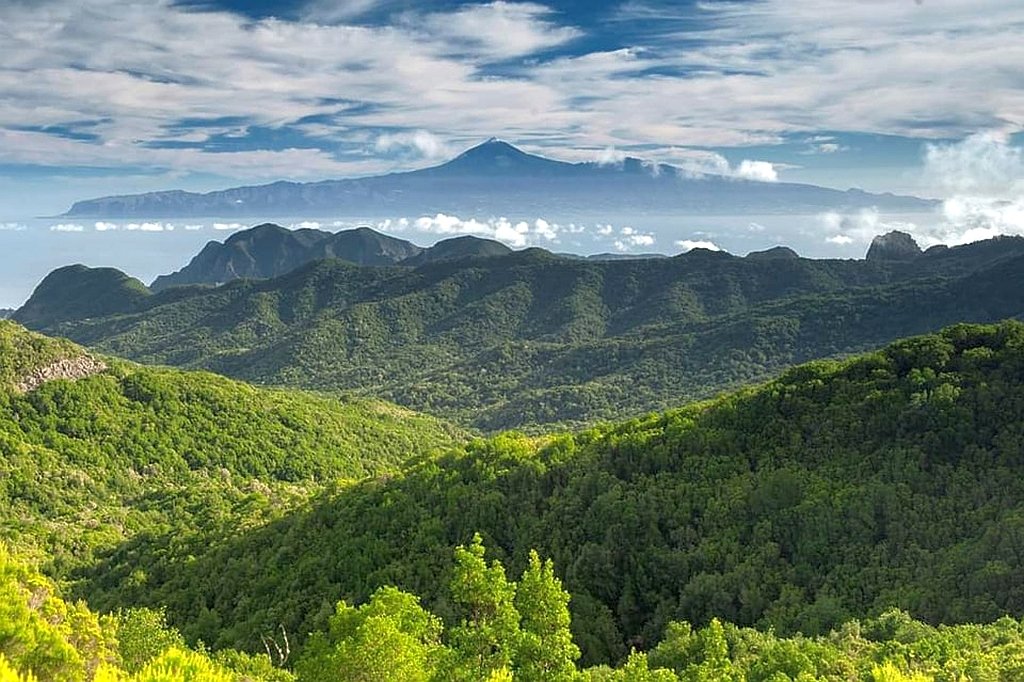
In addition to the park, La Gomera features the Natural Monument of Los Órganos, a stunning cliffside rock formation that resembles a giant pipe organ when viewed from the sea—best experienced by boat. The island is also home to the Benchijigua Natural Reserve, a rugged landscape with volcanic rock formations, endemic flora, and deep ravines that highlight La Gomera’s dramatic terrain. These areas offer not only breathtaking views but also excellent opportunities for eco-tourism and nature photography.
Find a hotel in La Gomera
El Hierro
El Hierro, the smallest of the main Canary Islands, is renowned for its unspoiled landscapes and strong commitment to sustainability. Declared a UNESCO Biosphere Reserve in 2000, over 60% of the island is protected territory, making it an ideal destination for nature-based tourism. Its rugged coastline, volcanic craters, and ancient lava flows contrast beautifully with lush forests and dramatic cliffs.
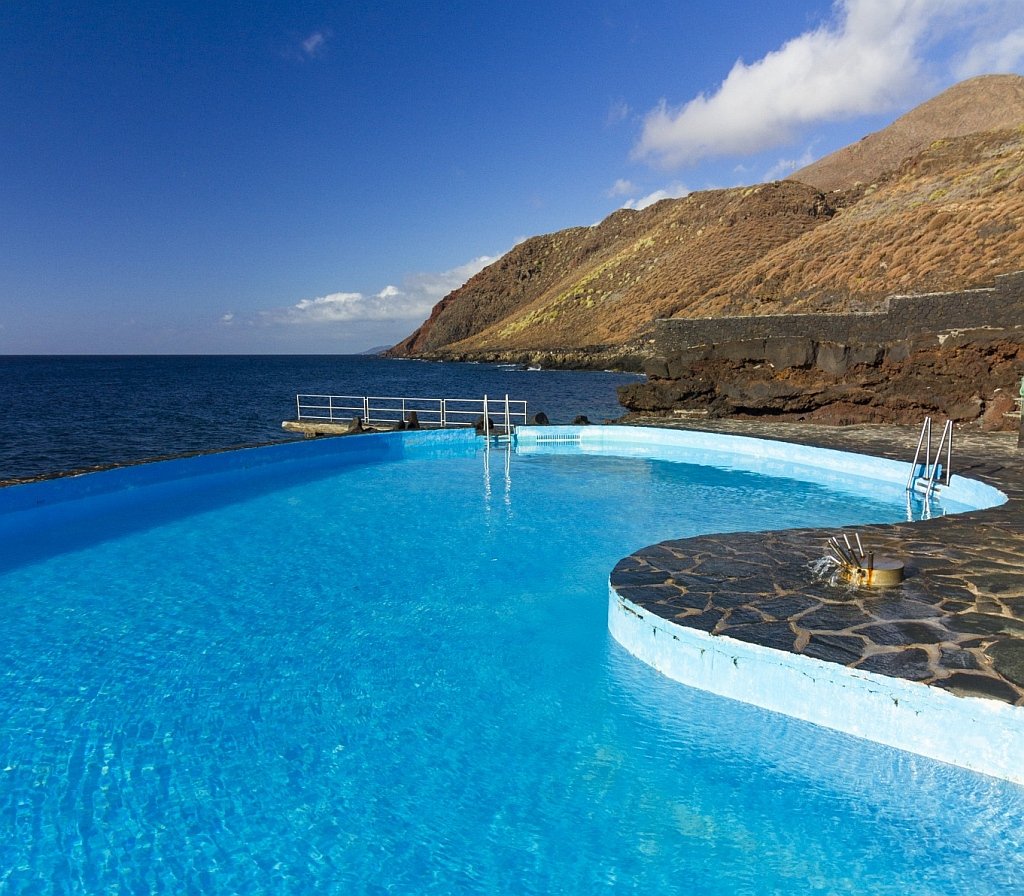
One of the island’s highlights is the Frontera Rural Park, which encompasses a variety of microclimates and ecosystems. Visitors can also explore the El Sabinar Natural Monument, known for its twisted juniper trees shaped by the wind, and La Restinga Marine Reserve, a world-class diving spot teeming with marine life.
Find a Hotel on the Island of El Hierro
All of the natural and national parks in the Canary Islands offer activities to visit and explore them, with a guide or self guided. The only way to get the best out of a visit is to start off at the many information and interpretation centres on the islands.
For the National Parks on ther Canary islands a good starting point for further research before your visit is here. https://www.gobiernodecanarias.org/parquesnacionalesdecanarias/en/
The Balearic Islands
Maybe you are looking for information about other Spanish islands? Information about the Balearics here: https://wildsideholidays.co.uk/natural-parks-in-the-balearic-islands/
Canary Islands: Nature, Wildlife, and Sustainable Travel – FAQ
The Canary Islands are a Spanish archipelago consisting of seven larger and four smaller volcanic islands. Situated in the Atlantic Ocean off the northwest coast of Africa, they lie approximately 108 km from mainland Morocco. Though geographically closer to Africa, the islands are an autonomous community of Spain and part of the European Union. Their volcanic origins, sub-tropical climate, and ecological diversity make the Canaries a unique travel destination for nature and wildlife enthusiasts.
The Canary Islands are one of Europe’s top destinations for biodiversity. Their varied ecosystems—ranging from volcanic craters to ancient laurel forests—support over 2,000 plant species, more than 500 of which are endemic. Rare and endangered fauna include species like the Gran Canaria blue chaffinch, Haria lizard, and Canary Islands skink. The islands are also key habitats for migratory birds and marine life such as whales, dolphins, and loggerhead turtles. As part of Macaronesia, the Canary Islands share biogeographic features with Madeira, Cape Verde, and the Azores, offering a unique blend of African, Mediterranean, and Atlantic flora and fauna.
The Canary Islands are ideal for nature-based, walking, and wildlife holidays. Popular activities include guided hiking in national parks, exploring volcanic landscapes, birdwatching, and enjoying marine adventures like dolphin watching and scuba diving. Tenerife and La Palma are especially known for their scenic hiking trails, while El Hierro and La Gomera offer quieter, eco-focused experiences. The islands are also renowned stargazing destinations, with certified Starlight Reserves offering astronomy tours, festivals, and astrophotography experiences under crystal-clear night skies.
Four of Spain’s sixteen national parks are located in the Canary Islands—each with UNESCO World Heritage or Biosphere Reserve status:
Teide National Park (Tenerife): Home to Mount Teide, Spain’s highest peak and the world’s third-largest volcano.
Timanfaya National Park (Lanzarote): A surreal volcanic landscape formed by 18th-century eruptions.
Garajonay National Park (La Gomera): A laurel forest shrouded in mist, offering a glimpse into the Tertiary era.
Caldera de Taburiente National Park (La Palma): A massive volcanic crater with pine forests, waterfalls, and ravines.
Additional protected areas include the Chinijo Archipelago Marine Reserve, Corralejo Dunes (Fuerteventura), Maspalomas Dunes (Gran Canaria), and Frontera Rural Park (El Hierro). Over 60% of El Hierro is protected territory.
The Mar de las Calmas, located off the coast of La Restinga in El Hierro, is one of the Canary Islands’ richest marine biodiversity zones. In 2024, it was announced as Spain’s first fully marine national park—a milestone in marine conservation. The area is famous for El Bajón, an underwater volcanic mountain that supports vibrant reef systems, dolphins, rays, and migratory whales. The marine park highlights Spain’s growing commitment to ocean preservation.
La Palma and La Gomera are top choices for hiking and nature-based holidays. La Palma’s steep ridges and volcanic terrain make it ideal for experienced hikers, while Garajonay National Park in La Gomera offers lush, accessible trails through ancient forests. For birdwatchers and solitude seekers, El Hierro and Fuerteventura provide less-traveled paths and rare wildlife encounters.
Sustainability is a growing focus in the Canary Islands. Protected areas, eco-lodges, and interpretive visitor centres support responsible travel. El Hierro, in particular, leads the way with ambitious renewable energy goals, aiming to be 100% powered by wind and hydroelectricity. Nature-based tourism companies, including those promoted by Wildside Holidays, offer guided tours that educate visitors while protecting fragile habitats.
Mount Teide is not only the highest point in Spain at 3,718 meters but also the world’s third-largest volcanic structure by volume. Its dramatic crater, lava flows, and pumice fields attract geologists and trekkers alike. The surrounding Teide National Park is a UNESCO World Heritage Site and one of the most visited parks in Europe.
Thanks to their subtropical climate, the Canary Islands are a year-round destination. However, the best time for walking and wildlife holidays is from October to May, when temperatures are mild and trails are quieter. Bird migration seasons and stargazing events also align with these months, offering added experiences for nature lovers.
Absolutely. The Canary Islands are a birdwatcher’s paradise, hosting several endemic species like Bolle’s pigeon and the Tenerife blue chaffinch. Coastal wetlands, cliffs, and forests serve as key stopovers for migratory birds. Locations such as La Gomera, Fuerteventura, and La Palma are excellent for spotting raptors, seabirds, and rare passerines.
About the author of this article.

I’ve been living in this lovely area of Western Andalucia for the last 20 years or so and dedicate most of my time to the running of English language tourist information websites for the towns of Cádiz, Ronda, Grazalema, the famous or infamous Caminito del Rey.
Also, Wildside Holidays, which promotes sustainable and eco-friendly businesses running wildlife and walking holidays in Spain.
